The Golden Age of Rehabilitation
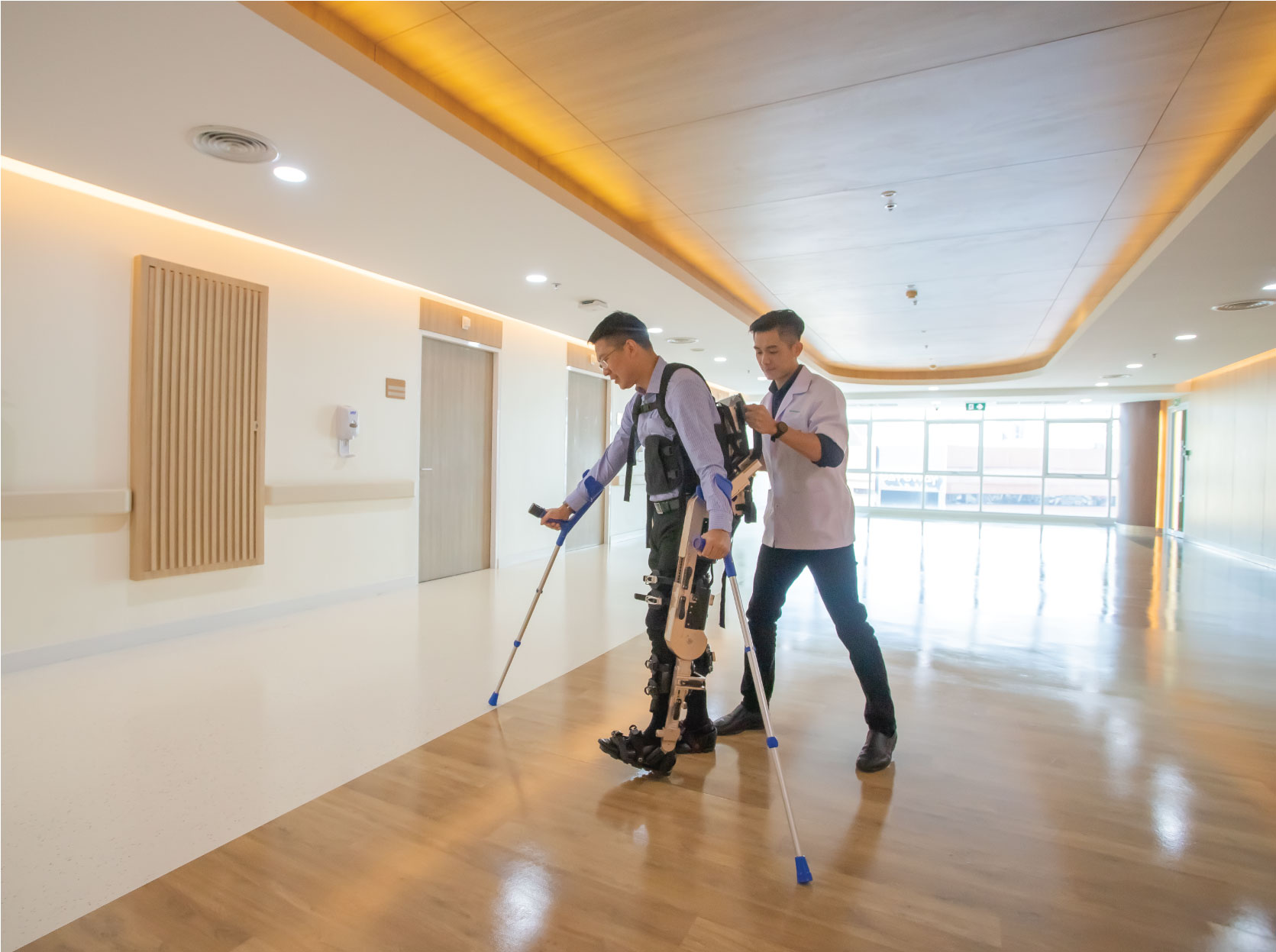
Making new strides: Sukumvit Hospital’s advanced walking robot can help patients who have suffered from stroke, paralysis, and other cerebrovascular complications, walk again.
The Golden Age of Rehabilitation
Sukumvit Hospital has recently welcomed new innovation that has increased the potential of their Rehabilitation Center in helping patients who have suffered from stroke that has resulted in mobility loss and paralysis. These developments also aid with other cerebrovascular complications such as spinal cord and nerve injuries that have resulted in mental and physical damage. Recovery from these conditions require interdisciplinary advice, especially in regard to drug treatment and the rehabilitation process, which uses advanced methods under the supervision of doctors, physiotherapists, and occupational therapists to stimulate the movements necessary to help patients regain their ability to walk. An example is walking training, which is currently evolving thanks to technology. It has now reached a stage where a walking robot, an ‘exoskeleton,’ has been certified to help patients improve mobility by letting them imitate walking on the ground.

Dr. Pannawish Wongwiwattananon a Rehabilitation Medicine Specialist at Sukumvit Hospital’s Rehabilitation Center, explains that…
“Most stroke patients have symptoms of hemiplegia, which describes paralysis of one side of the body, stiffness, weakness, and lack of muscle control. In severe cases, patients may experience paralysis in the entire body. Patients who have hemiplegia can use the robot ‘exoskeleton’ after the acute phase of their condition (two to 48 hours) while in the subacute phase (approximately two weeks after). The robot is effective in aiding recovery because it can be used to practice walking. In the past, we would require two to three physicians to support the patient while they practice walking. However, with the ‘exoskeleton,’ this is no longer necessary. “With this new technology, patients with cerebrovascular disease, paralysis, and injuries to their spinal cord and nerves, are able to practice mobility while also training their muscles to walk in real life. It allows the patient to twist their knees, hips, and waist, and tilt forward and side to side as normal. It also lets the patient walk on the ground and not a treadmill, which is more similar to real life. Unlike older models, this new ‘exoskeleton’ means the patient will not lock their waist or pelvis. It also aids in developing muscles in the waist, back, and hips, and helps brain cells recover too.
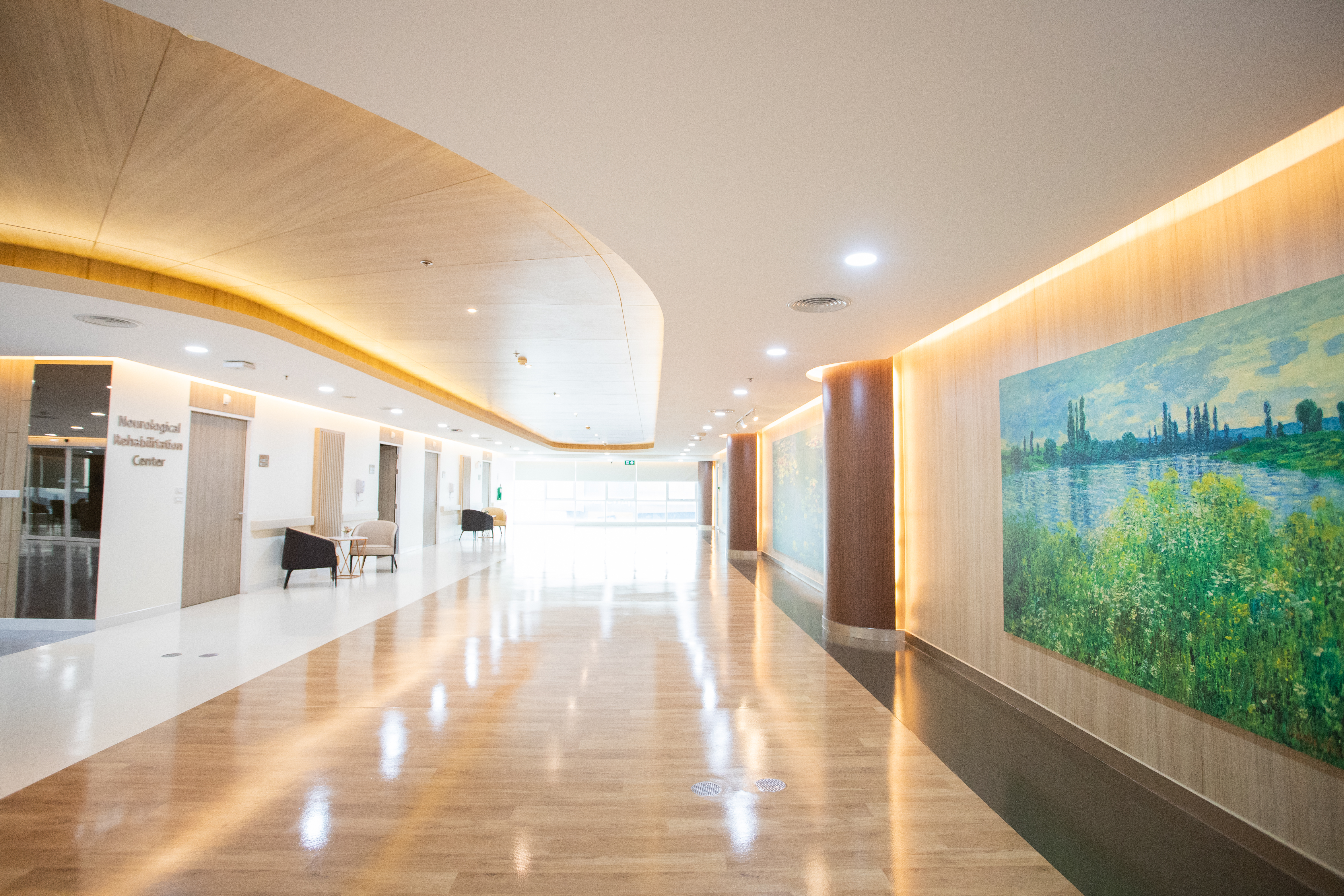
Dr. Vorawat Eawsinphanit, another Rehabilitation Medicine Specialist at Sukumvit Hospital’s Rehabilitation Center, provided information about… “After a cerebrovascular patient receives in treatment in the critical (acute) phase, approximately 70% will have residual abnormalities such as weakness and trouble swallowing water or food so it is imperative to begin rehabilitation as soon as possible. Many patients and their relatives do not know what the necessary steps are, so many will rely on massage therapy alone. But the six months after an individual survives a cerebrovascular problem are considered the ‘golden period’ of recovery so it is critical to seek all types of rehabilitation. “At our center, we provide many services such as regenerative rehabilitation, integrated medicine, and modern medicine, delivered by a team of physicians, physical therapists, internal medicine doctors, neurological specialists, neurosurgeons, and others, all of whom use modern medical technology to aid every individual case. One notable example is the ‘exoskeleton,’ a robot that can help stimulate the muscles and cells in the nervous system that have been damaged. Another facet of therapy is Transcranial Magnetic Stimulation (TMS), therapy that focuses on the function of pulsed magnetic field to stimulate nerve cells in the brain. This non-invasive technique can help patients regain their ability to walk. Similarly, Hyperbaric Oxygen Therapy (HBOT) helps increase supply of oxygen to the parts of the brain affected by cerebrovascular conditions like stroke. Patients must realize that even if recovery is slow after six months, it does not mean one cannot recover. Whether it is the first six months or the six months after, rehabilitation therapy is crucial.”
Problems and solutions:
Dr. Vorawat discusses problems that patients often face and how the hospital can aid them. Firstly, depression. 80% of patients with cerebrovascular disease face psychological problems as a result of having limited mobility. The severity of the depression depends on each patient, but in cases of severe depression, a multidisciplinary team can help a patient recover both physically and mentally. Moreover, Dr. Vorawat advises caregivers of patients with cerebrovascular disease to not leave patients at home. They should seek consultation with a doctor so they can enter a rehabilitation program as soon as possible. Every day that passes without doing anything is one less day spent towards making a full recovery. Only careful planning with a team of doctors, physicians, and occupational therapists can help an individual return to normal life as normal.
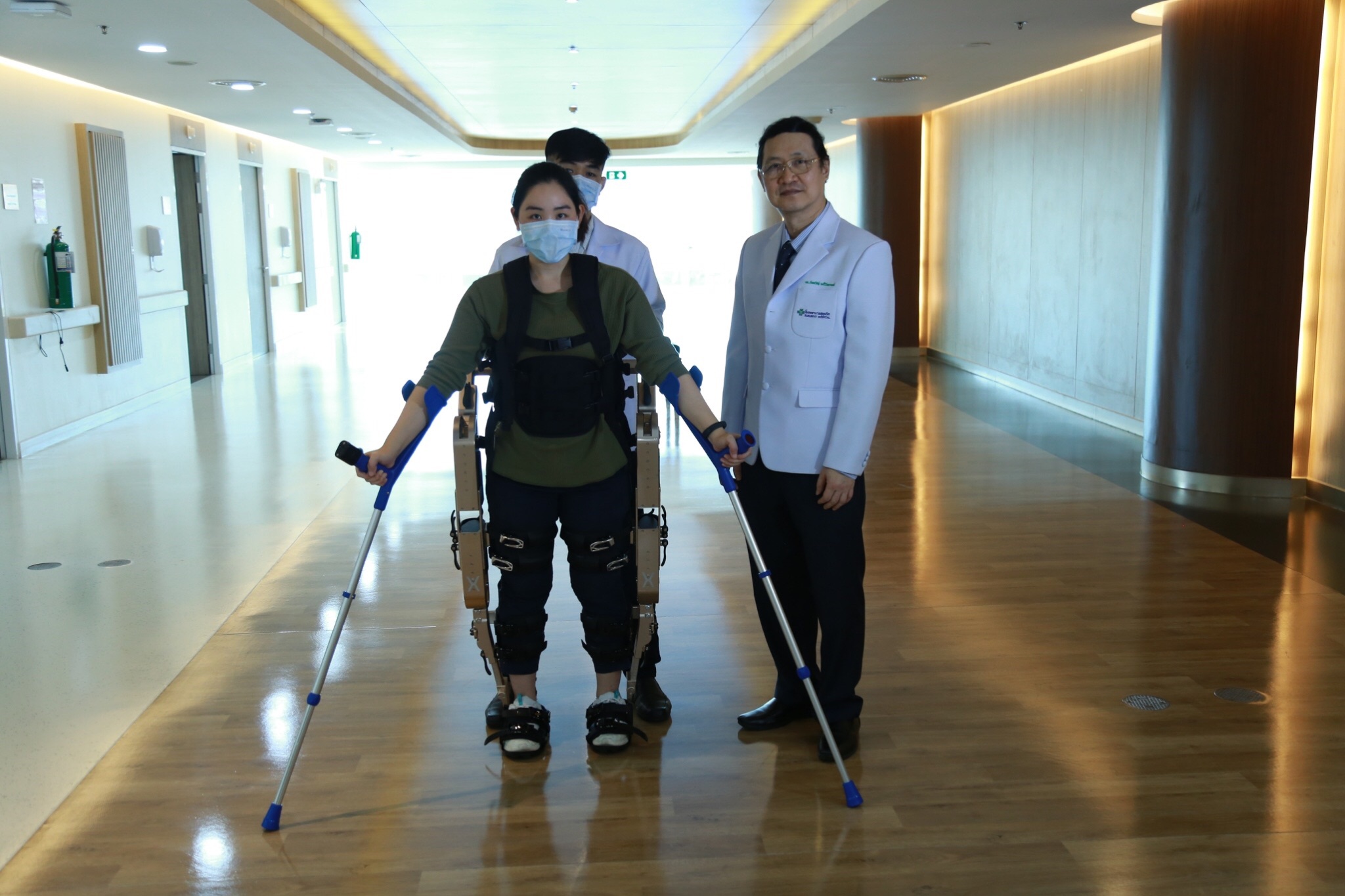
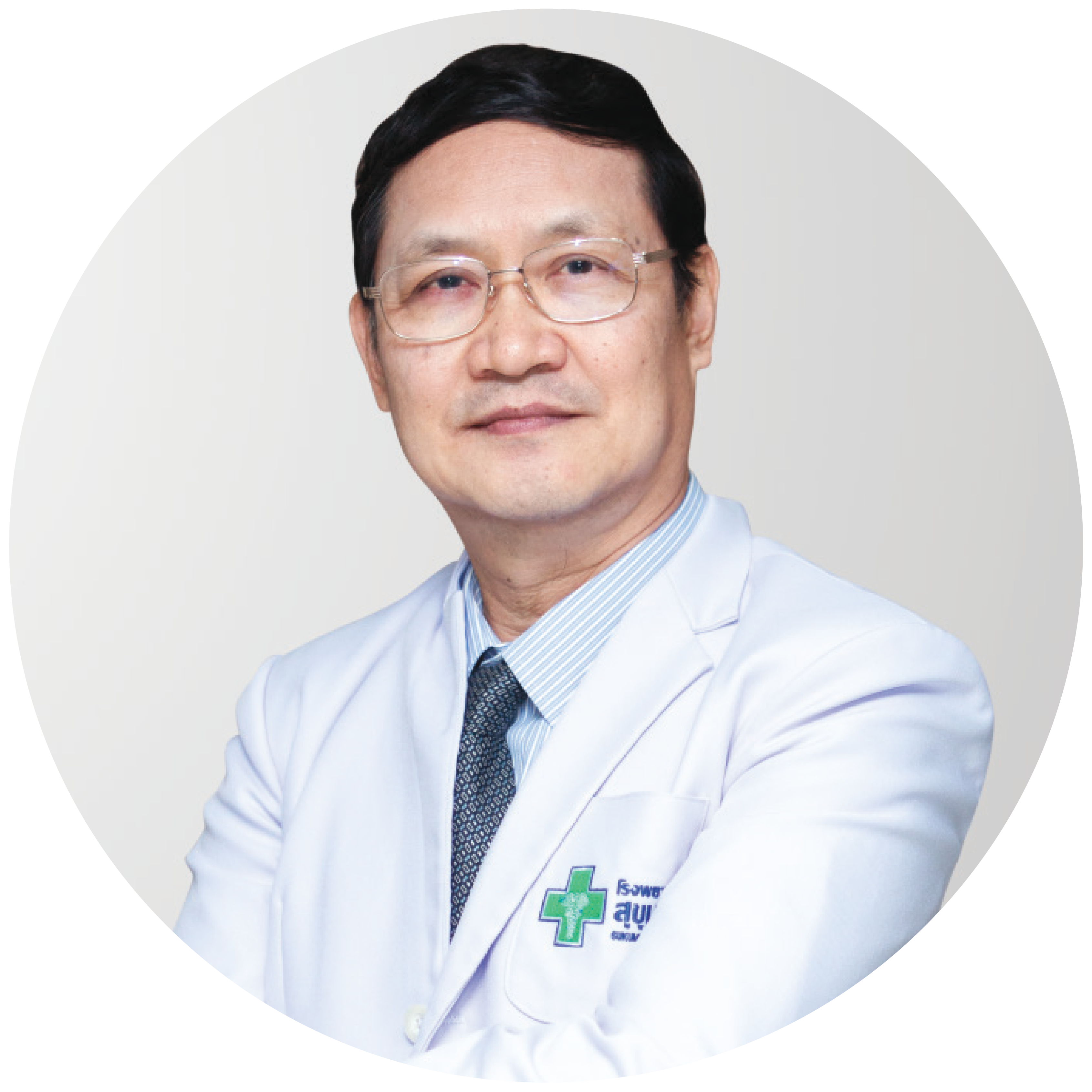
Dr. Pannawish Wongwiwattananon
Rehabilitation Medicine Specialist
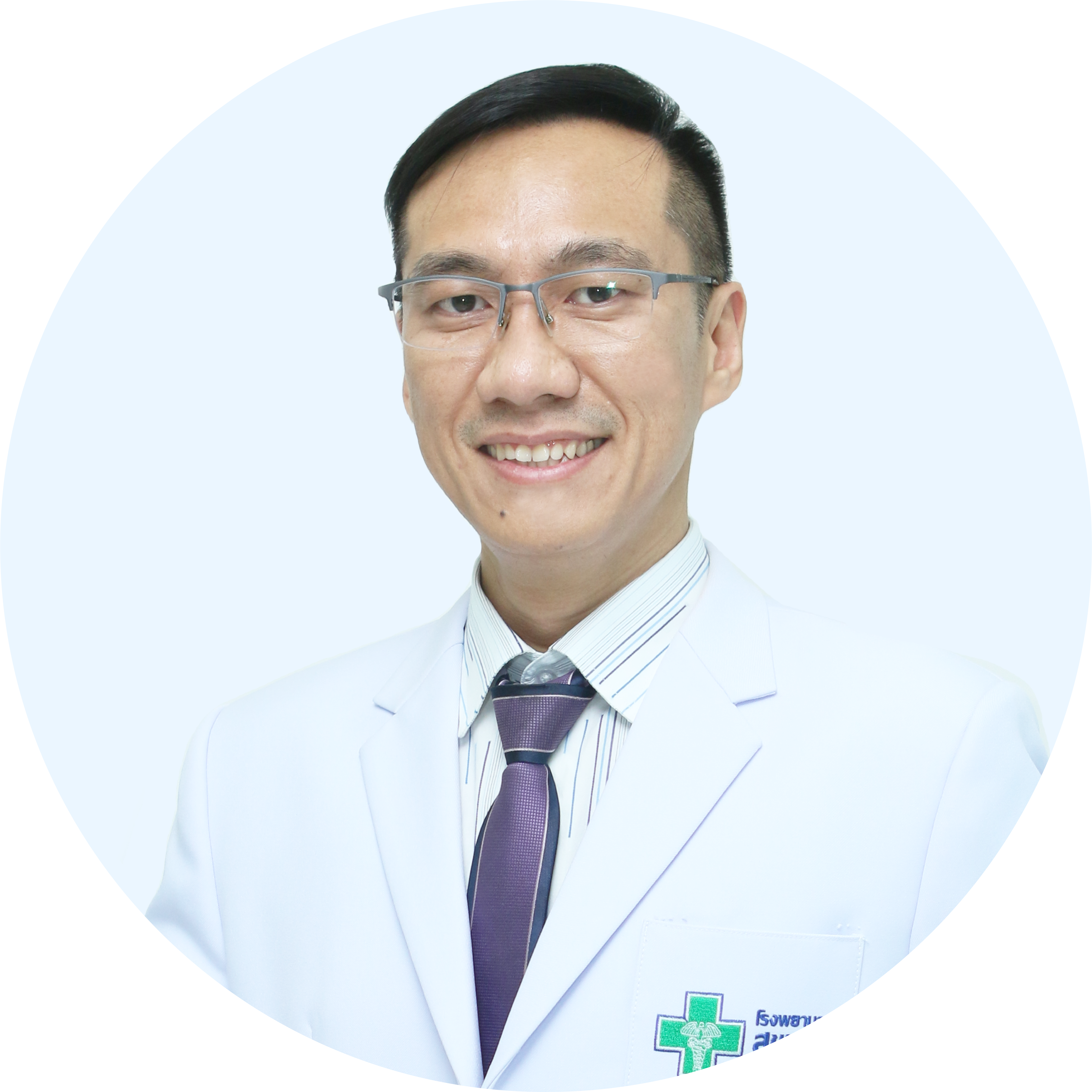
Dr.Vorawat Eawsinphanit
Rehabilitation Medicine Specialist
Information: Rehabilitation Center
9th Floor Sukumvithospital
call. 02-391-0011 ext. 971, 972
ติดตามรับข้อมูลข่าวสารอัพเดทจากทางโรงพยาบาล:




